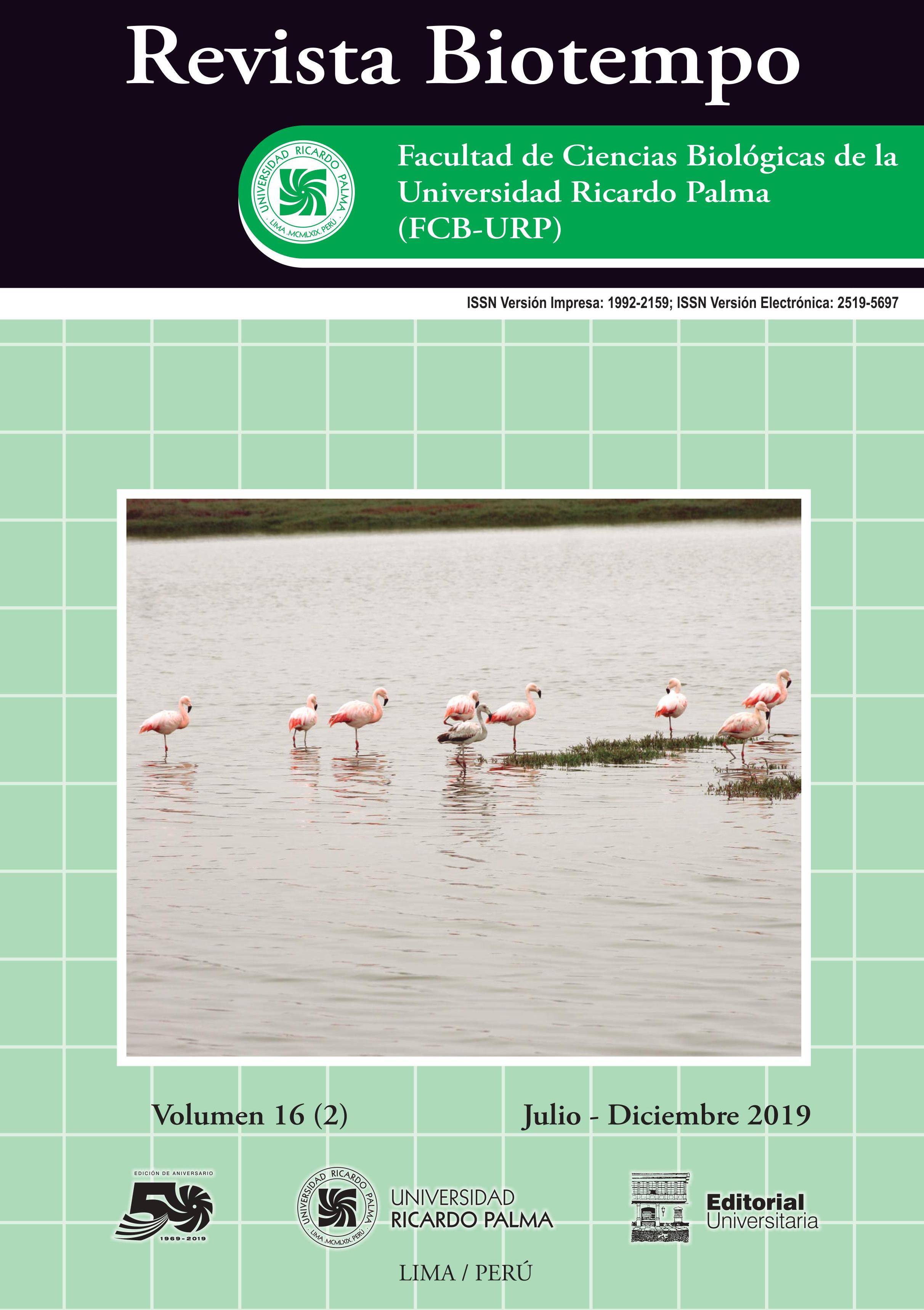PHENOTYPIC AND GENOTIPIC DETECTION OF ESCHERICHIA COLI PRODUCER OF β-LACTAMASES EXTENDED SPECTRUM ISOLATED FROM BIRDS SUPPLY IN PERU
DOI:
https://doi.org/10.31381/biotempo.v16i2.2528Abstract
Bacterial resistance to antibiotics has become an important public health issue that involves human medicine, veterinary medicine, food and environmental safety in Perú. This work, developed in a private laboratory located in the city of Lima - Peru, focused on the phenotypic and genotypic detection of Escherichia coli (Escherich, 1885) strains that produce extended spectrum β-lactamase enzymes (βLEE), isolated in poultry. A total of 185 isolated bird samples of E. coli from 26 intensive breeding companies located in Peru were evaluated. The results reflected that 38.4% of strains with the presence of ESBL confirmed phenotypically; Likewise, genes were expressed from total DNA by polymerase chain reaction (PCR) obtaining 33.5% between the blaTEM, blaSHV and blaCTX-M-1 genes and 4.9% of E. coli strains producing βLEE phenotypic, no gene bla determined. As a conclusion, there is a high presence of E. coli strains that produce extended-spectrum β-lactamase enzymes (βLEE), with the blaCTX-M-1 gene being the most frequent.










